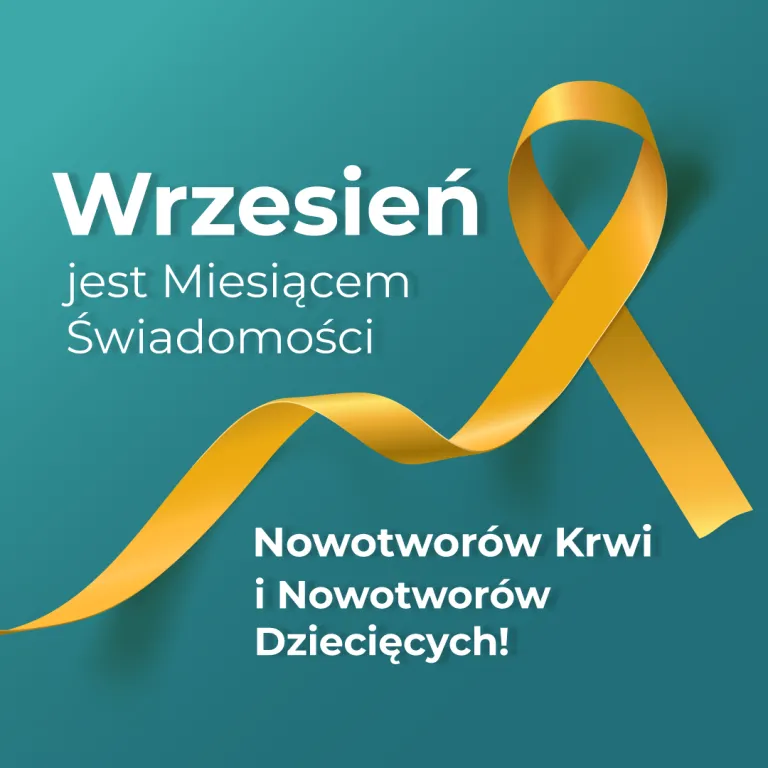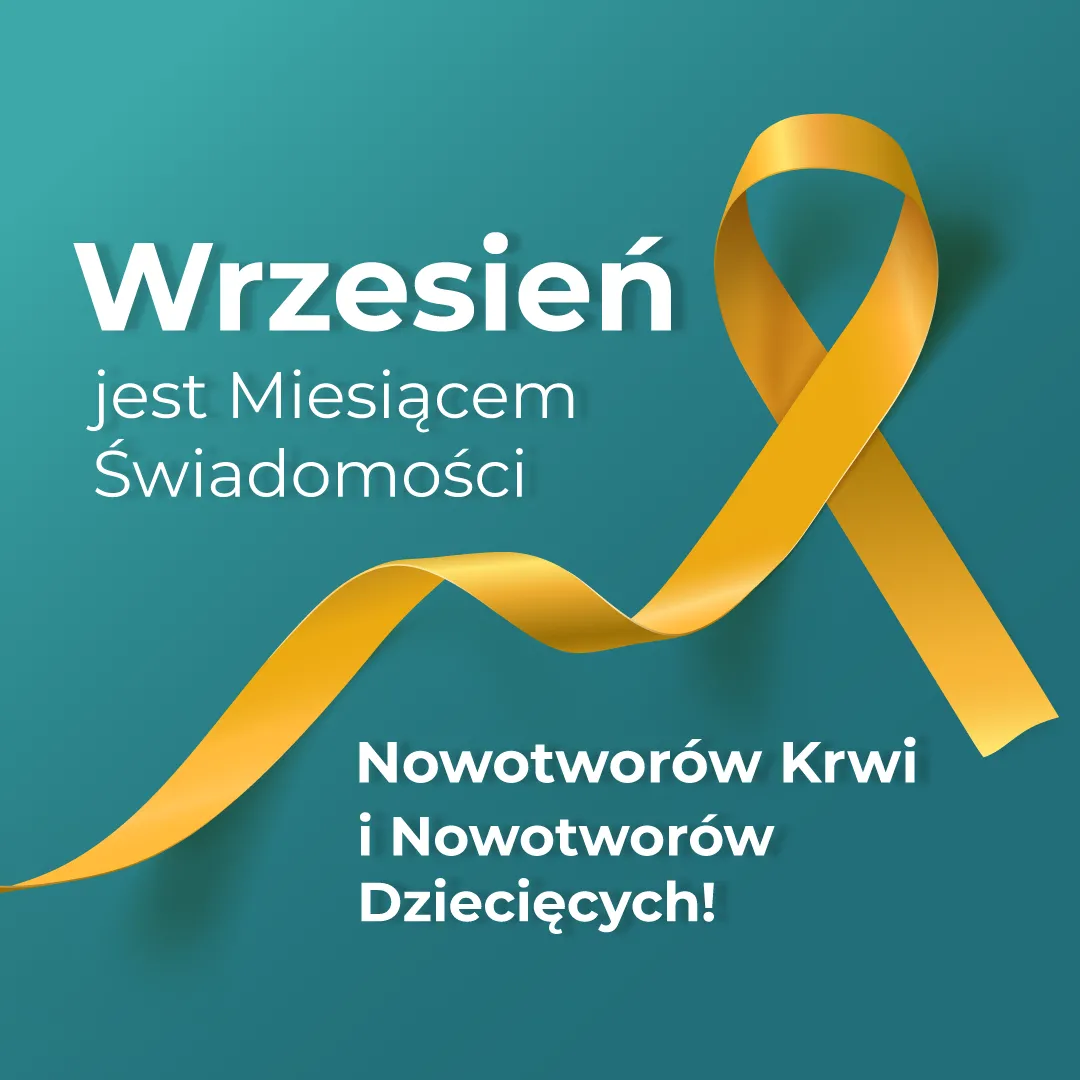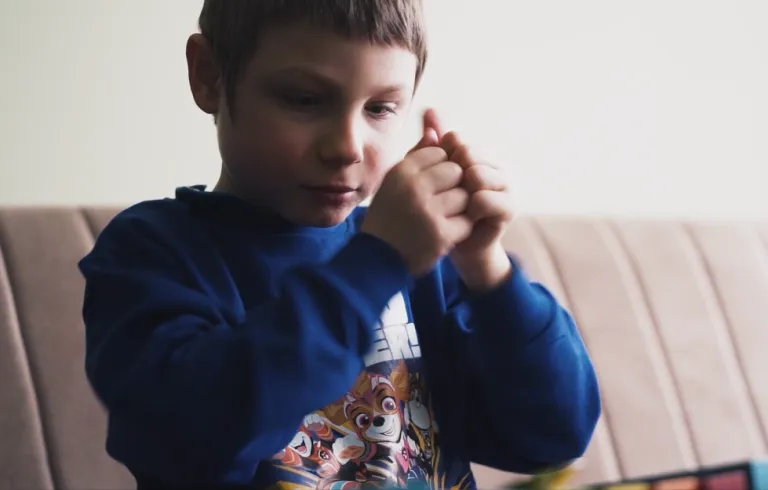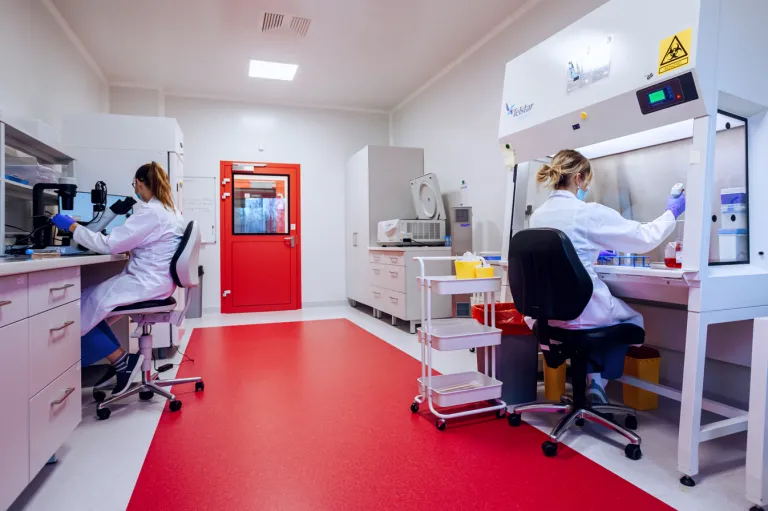September is recognized as pediatric cancer awareness month. Some of them are successfully treated with stem cells from cord blood. Find out what the most common symptoms of cancer in children are, as well as how they are treated.
The most common cancers in the pediatric population are leukemia and lymphoma. They are diagnosed most of the time in children between the ages of 2 and 7, but can happen at any age. Tumors of the central nervous system such as medulloblastoma, craniopharyngioma, glioblastoma or hemangioendothelioma are the second most common in children. Common cancers are also those localized to the bone, such as osteosarcoma or Ewing’s sarcoma. In the pediatric population, there are other disease entities that do not occur in adults. These include. Wilms’ tumor, as well as embryonal neuroblastoma. The most common childhood cancers, those related to the hematopoietic system, are treated with stem cells.
Symptoms of cancer in children
Although most cancers develop insidiously without unambiguous symptoms suggesting a proliferative process, which in many cases delays diagnosis, there are symptoms that are indicative of its presence and require further, detailed diagnosis. The most common symptoms suggestive of cancer in a child include:
- Fever of undetermined cause,
- Sudden weight loss in the child,
- night sweats,
- Recurrent and hard-to-heal infections,
- enlargement of lymph nodes-especially supraclavicular lymph nodes and their peculiar character-hard, non-painful, non-movable relative to the ground, occurring in bundles
- Easy bruising of the child even without injury,
- limb pains,
- morning vomiting,
- imbalances,
- abnormal vision,
- Suddenly appearing strabismus.
These symptoms are mostly nonspecific, but occurring in a group may raise the suspicion of cancer in a child.
Hematopoietic neoplasms in children
The most common cancers diagnosed in children are cancers of the hematopoietic system. Among them, up to 85% are acute lymphoblastic leukemia (ALL). Despite its high malignancy, it is estimated that up to 80% of cases go into full remission of the disease. Although chemotherapy remains the mainstay of treatment, new therapeutic options that have emerged with the possibility of using stem cells to treat blood cancers also make it possible to treat cases where chemotherapy has not been successful. Currently, stem cells from cord blood are being used in allogeneic transplants (from healthy siblings).
Other common cancers in children
In addition to hematopoietic tumors, central nervous system tumors such as medulloblastomas and gliomas are found more often in children than in adults. Symptoms associated with them are mainly the child’s occurrence of morning vomiting, behavioral changes, headaches or visual disturbances, such as strabismus. Retinoblastoma, or retinoblastoma, is another childhood-specific cancer. It is primarily known for its symptom of leukocoria, which is the appearance of a white glare in the eye. Parents should also be aware of Wilms’ tumor, or nephroblastoma. It is a malignant neoplasm of the kidney in young children and manifests itself as a mass reaching considerable size located in the child’s abdominal cavity.
Treatment of childhood cancers
Treatment of cancer in children depends primarily on the type of cancer. Methods such as chemotherapy, radiation therapy, meaning radiation, or surgical treatment are used. In some situations, allogeneic hematopoietic stem cell transplantation may also be necessary. In some cases, a life-saving procedure may be the use of stem cells derived from a child’s or sibling’s umbilical cord blood, taken during birth, for treatment. This novel method offers new hope for an even more effective fight against childhood blood cancers. Stem cells from cord blood are currently being used to treat, among other things. Acute lymphoblastic leukemia, myeloid leukemia, biphenotypic leukemia or chronic myeloid leukemia and lymphocytic leukemia.
Read more: Where stem cells are used
On the occasion of Blood Cancer Awareness and Childhood Cancer Awareness Month, it is worth taking interest in the topic of cord blood banking. This is an investment in the healthy future of the child and its loved ones, and there is only one chance to harvest these valuable stem cells – during childbirth.
Rate this article:












